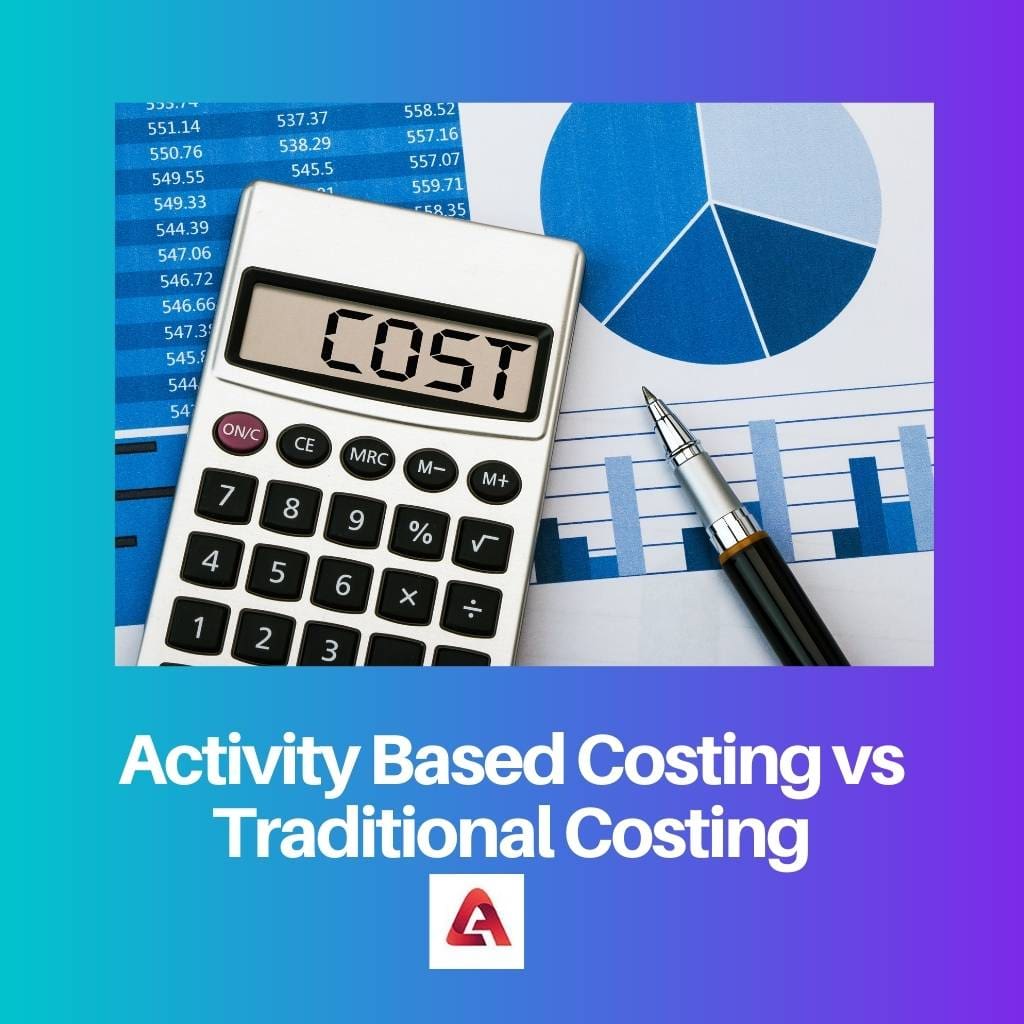

However, some managers reject this methodology as conceptually flawed. These costs are traced/allocated to production under both job and process costing techniques. Product costs are the familiar direct materials, direct labor, and factory overhead. The period costs include selling, general, and administrative items that are charged against income in the period incurred. A simplified explanation of ABC is that it divides production into core activities, defines costs for those activities, and allocates those costs to products based on consumption of the activities.Ĭonsider that traditional costing methods divide costs into product costs and period costs. This has led to increased utilization of a uniquely different approach called activity-based costing (ABC). Many companies have expressed frustration with arbitrary allocations associated with traditional costing methods. Chapter 24: Analytics for Managerial Decision Making.Chapter 23: Reporting to Support Managerial Decisions.Chapter 22: Tools for Enterprise Performance Evaluation.Chapter 21: Budgeting – Planning for Success.Chapter 20: Process Costing and Activity-Based Costing.Chapter 19: Job Costing and Modern Cost Management Systems.Chapter 18: Cost-Volume-Profit and Business Scalability.Chapter 17: Introduction to Managerial Accounting.Chapter 16: Financial Analysis and the Statement of Cash Flows.Chapter 15: Financial Reporting and Concepts.Chapter 14: Corporate Equity Accounting.Chapter 12: Current Liabilities and Employer Obligations.Chapter 11: Advanced PP&E Issues/Natural Resources/Intangibles.Chapter 10: Property, Plant, & Equipment.Chapter 6: Cash and Highly-Liquid Investments.Chapter 5: Special Issues for Merchants.Chapter 1: Welcome to the World of Accounting.

It is pointless to incur the costs if the managers refuse to use the information to make improvements in operations. Chrysler Group LLC tried ABC, but the managers resisted. But management needs to be willing to use the ABC information to benefit the company. Some organizations with several product lines might believe that the benefits of implementing ABC will outweigh the costs. Installing activity-based costing requires teamwork among accountants, production managers, marketing managers, and other non-accounting people.The allocation of indirect costs is at least somewhat arbitrary, even using sophisticated accounting methods.Managers must decide whether the benefits or improved decisions justify the additional record-keeping cost. Activity-based costing provides more information about product costs than traditional methods but requires more record-keeping.To manage costs, production managers learn to manage the activities that cause costs. In practice, ABC helps managers identify cost-causing activities. Production also benefits because activity-based costing provides better information about the cost of each activity.Activity-based costing can help marketing people by providing more accurate product cost numbers for decisions about pricing and which unprofitable products the company should eliminate.Activity-based costing provides more detailed measures of costs than traditional allocation methods.Traditional costing is easy to implement and is the most common costing method used.Īctivity-based costing has pros and cons: Advantages The ABC system can be extremely complicated and difficult to implement. Traditional costing will have one rate for allocation of overhead for the entire business operation, while activity-based absorption costing creates multiple cost pools. So when we look at traditional costing versus activity based costing, how can we decide which one makes the most sense for our business? If we miss allocating one of the indirect costs to our products, we are missing out on a cost, thus lowering our potential profit. In the case of the Ultimate Planner, that we have been discussing during this module, getting all of the costs, from direct materials, direct labor and overhead, into the cost of the product will allow managers to appropriately price the product so the company can make a profit on each sale. Managers are always looking for more effective ways to figure out the cost of their products. Illustrate the difference between traditional costing and activity-based absorption costing


 0 kommentar(er)
0 kommentar(er)
